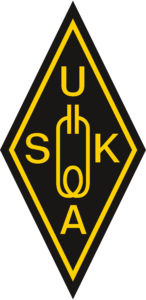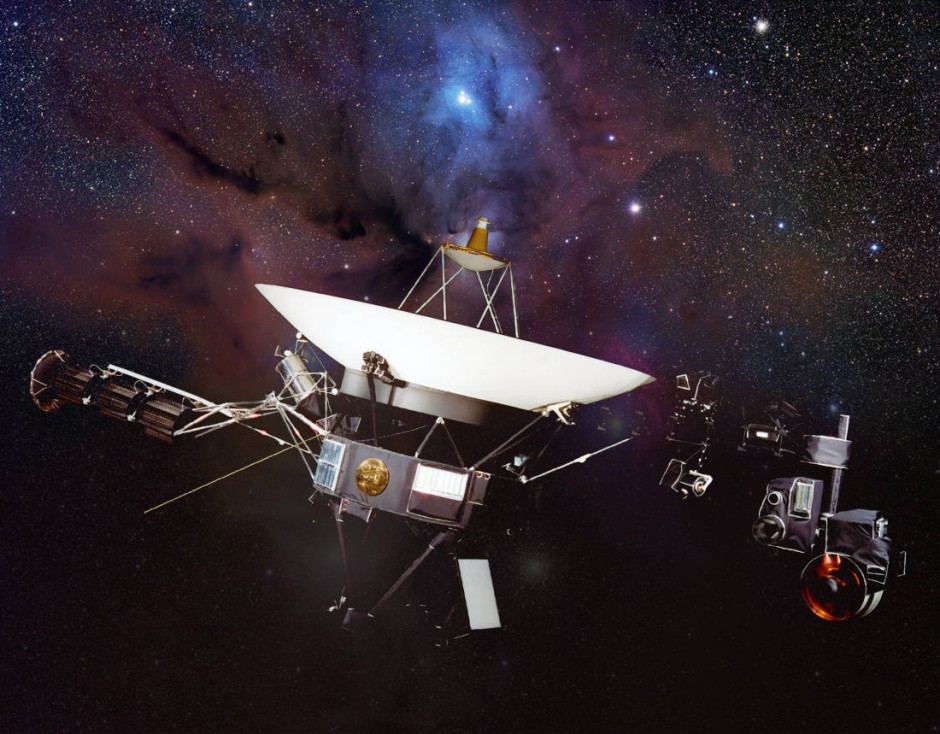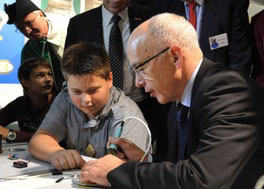The Voyager-1 is the most distant man-made object, and by the way, on board is a golden disc record. The mission was launched in 1977, passed the planets Saturn, Uranus, Neptune and has been in interstellar space for 20cc on the way to the nearest star AC + 79 3888, better known as Gliese 445 in the constellation Giraffe at a distance of 1.6 light-years, for which he will need 40,000 years of travel time. The fuel will last for 40 years, but the radionuclide batteries will probably not be able to deliver enough energy in 2025 to be able to transmit any further measurement data.
Technology:
Computer: 69.63 kB RAM, 8-track drive for caching the images, CPU: 81,000 instruction / second
Antenna: 3.7m parabolic antenna
Up-Link Voyager-1: 2114.676697 MHz (16-bits / sec command rate) Voyager-2: 2113.312500 MHz
Down-Link: 22.4W transmitter, 160 bit / sec telemetry and 1.4 kB / second for image transfer
Voyager-1: 2296.481481 MHz & 2295.000000 MHz
Voyager-2: 2295.000000 MHz & 2296.481481 MHz
Voyager-1: 8420.432097 MHz & 8415.000000 MHz
Voyager-2: 8415.000000 MHz & 8420.432097 MHz
Information on the subject
- YouTube Video: “Die unglaublichsten Entdeckungen der Voyager nach 45 Jahren”
- https://voyager.jpl.nasa.gov/frequently-asked-questions/fact-sheet/
- https://www.swl754.it/files/voyager-telecommunications.pdf
| Information about amateur radio and the USKA | ||

|

|

How do I become a radio amateur? Information for media representatives
|



